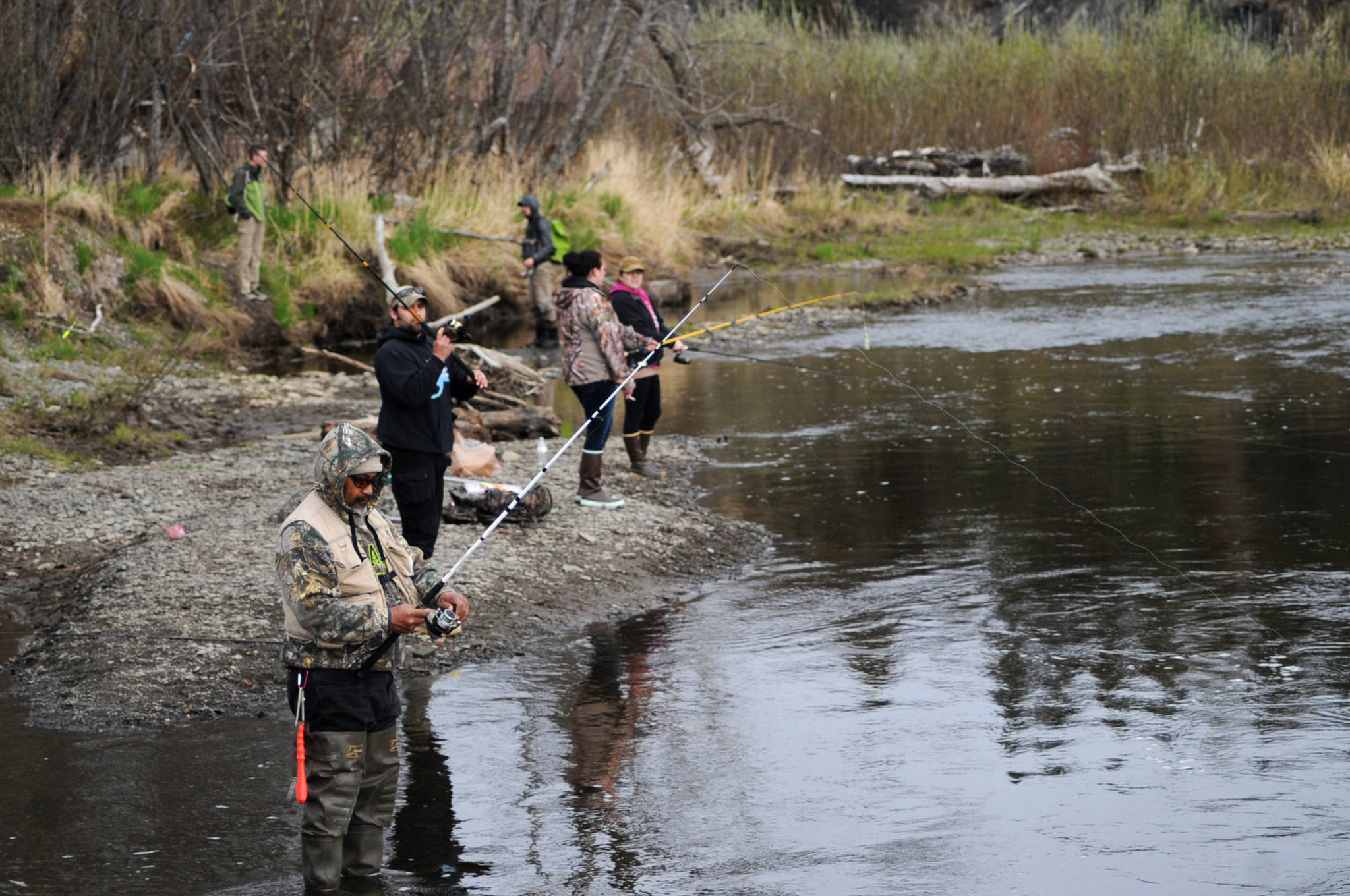The Alaska Department of Fish and Game’s sportfishing license sales fell last year, even while its revenue from license sales increased.
The department was expecting the decline, though, said Division of Sportfish Director Tom Brookover in a presentation to the Alaska House of Representatives Finance Subcommittee on Fish and Game on Tuesday.
“When you increase fees, the number tends to drop,” he said. “But the revenues went up … when you compare just the calendar years’ revenues.”
The Legislature approved an increase in license fees in 2016 to go into effect in 2017. Resident sportfishing licenses — which last all year — increased to $29 per license, and nonresident license fees increased to $25 for a one-day license and to $70 for a week license. The goal was to raise revenue on both hunting and fishing licenses that Fish and Game could apply as local match to obtain more funding from the federal Pittsman-Robertson Wildlife Restoration Act and the Dingell-Johnson Sport Fish Restoration Act.
In 2016, Fish and Game sold a total of 786,191 hunting and fishing licenses of various types, significantly more than the previous five years. The funds from license sales go into the Fish and Game fund, which help pay for various research and management activities. For the Division of Sportfish, those funds in combination with the federal Dingell-Johnson funds comprise a majority of the budget, Brookover said.
In fiscal year 2018, the division swapped out about $2.7 million of undesignated general fund dollars for Fish and Game funds, drawing on license sales for operations rather than state government support. The increase in license sales amounted to about $2.65 million, he said.
“Almost uncanny, in terms of the $2.7 million funding swap,” Brookove said. “So that was good. And that’s not a complete direct comparison with the funding swap… but it’s a close approximation of the impact of the (bill that increased license fees).”
He said resident license sales fell by a much higher percentage than nonresident license sales in the last year. Resident anglers bought 162,500 licenses in calendar year 2017, about 20 percent fewer than about 203,000 licenses in calendar year 2016, Brookover said.
Rep. Geran Tarr (D-Anchorage), a member of the committee, asked if that was because of a decrease in the state’s population or whether fewer residents were buying licenses. Brookover said it wasn’t clear, though a possible contributing factor could be that nonresidents already had their trips planned and the fishing license was a relatively small cost of the total trip expense. One thing that may have affected the 2016 numbers was that the department offered the 2017 licenses at the end of 2016 at the old rate, possibly incentivizing people to purchase their 2017 licenses earlier and inflating those numbers, he said.
Reach Elizabeth Earl at elizabeth.earl@peninsulaclarion.com.

